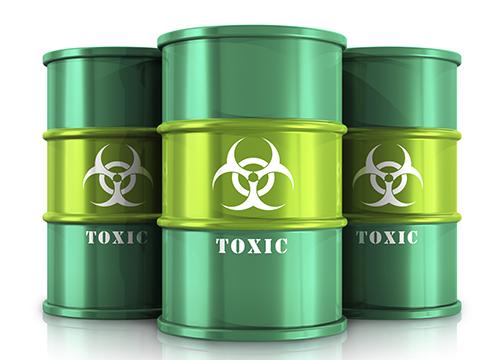
Every table, desk and computer you type on is feeding ground for bacteria and viruses. You may inadvertently touch your face, or rub your eyes after rushing to type up an assignment in the library. Now, just think of the thousands of people wh0 have typed on that same keyboard—not all with the most impressive hygiene.
When it comes to hygiene on a college campus, students aren’t alone in improving cleanliness. San Diego State is also responsible for taking initiative for the wellbeing of students and faculty on campus.
Considering recent local and international health events, this university should be more involved with health concerns around campus now more than ever before. There aren’t any signs around computer stations encouraging sanitation. There aren’t any signs in the bathroom advising individuals to wash their hands. This might seem like common sense to most, but in a large communal area, a few individuals are enough to do the trick.
I have never been more conscious of hygiene and cleanliness in public places than I am now. I take certain extensive measures to ensure I’m neither exposed nor spreading germs, but not every student is the same. It’s a bit disappointing SDSU isn’t taking stronger precautionary measures toward a safer and cleaner campus.
A clean bill of health doesn’t stop at lathering and rinsing. Older buildings around campus also pose as a health concern for the students who are exposed to them on a daily basis. Renovations don’t only fulfill purposes of vanity.
The general area around West Commons is surrounded by older buildings, with the exception of the newly-renovated Storm and Nasatir Halls. But when it comes to Hepner Hall, Little Theater, and the Professional Studies and Fine Arts building, there’s little doubt more work should be put toward ensuring safe, and clean plumbing and infrastructure.
Little Theater and some parts of PSFA are foul to say the least. I’m no architect or plumber, but strong and permanent odors point to problems in need of fixing. Forgetting about the fact students could be breathing in hazardous fumes, these odors are highly distracting for the overall learning environment.
It’s difficult to observe how much the university invests in fixing these kinds of issues. After all, plumbing and electricity renovations aren’t as easy, or inexpensive, as taking out the trash and wiping tables throughout the day.
The structural foundations of these buildings deteriorate over time. It’s not like these awful smells occurred at random. This begs the question: How often are buildings being checked by for safety regulations?
SDSU’s budget for the 2012-13 fiscal year was approximately $281,244,000 — the highest budget of all California State Universities. Periodically checking how older building are holding up shouldn’t be much of a strain on this budget. Obviously budget cuts have hurt campuses across the state, but certain renovations should take precedent.
Encouraging every single student to care more about personal hygiene would be ideal, but it’s also impossible. But bigger initiatives can be taken in part by the university to ensure a healthier campus.
Keeping up with clean habits is challenging both for university administrators and students. People can’t expect every single student to wipe down the table at the library, or for faculty to hand out sanitizer to students.
But where there’s awareness, there’s a way. SDSU can promote cleaner habits, especially during the flu season, by providing better access to wipes and sanitizers, along with visible signs in crowded areas.
SDSU can’t afford for its students to be unhealthy and unaware. It also can’t afford to poorly prioritize the upkeep of old buildings. Sure the new high-tech buildings around campus are a sight for sore eyes, but what students inhale during a lecture is much more important than new solar-powered windows.












